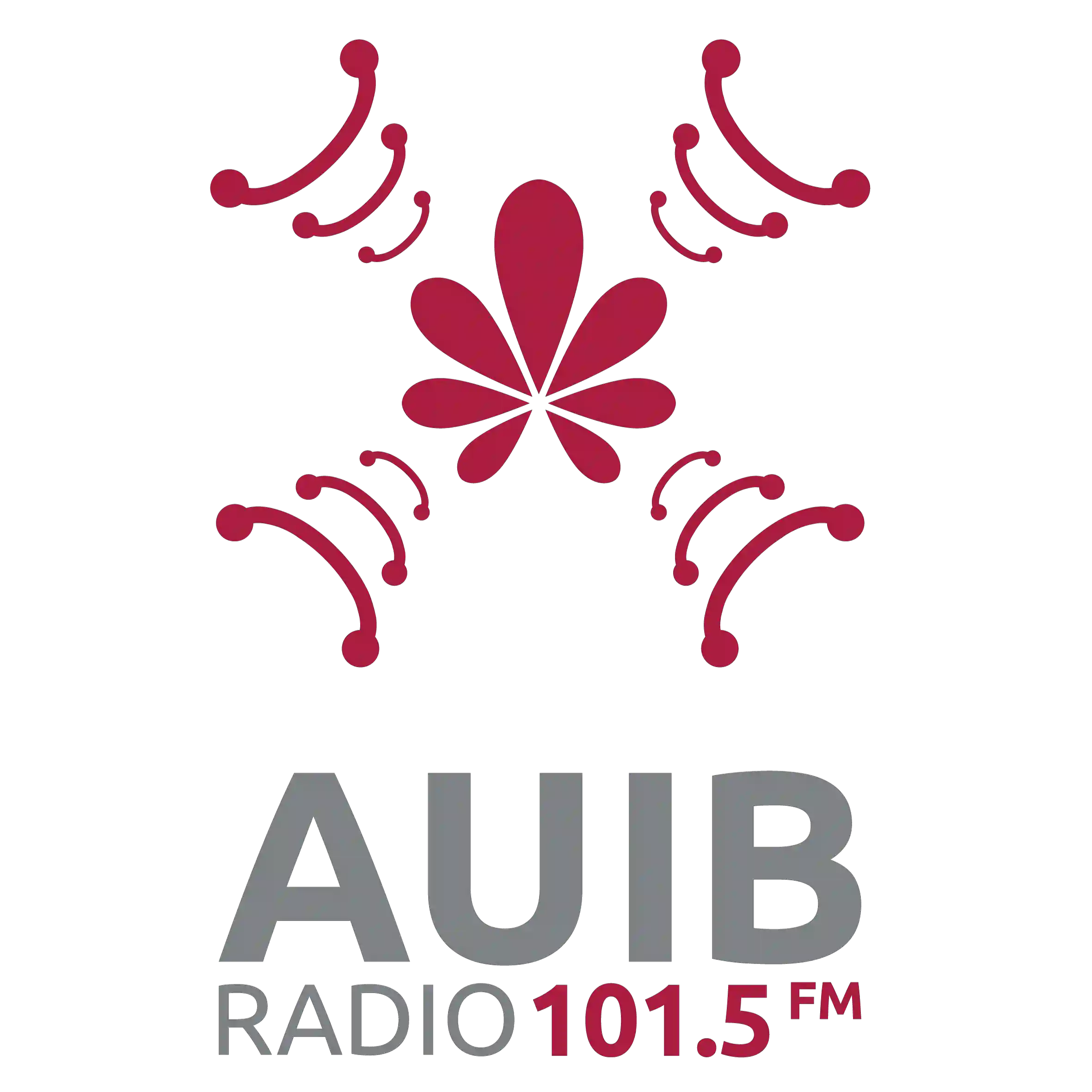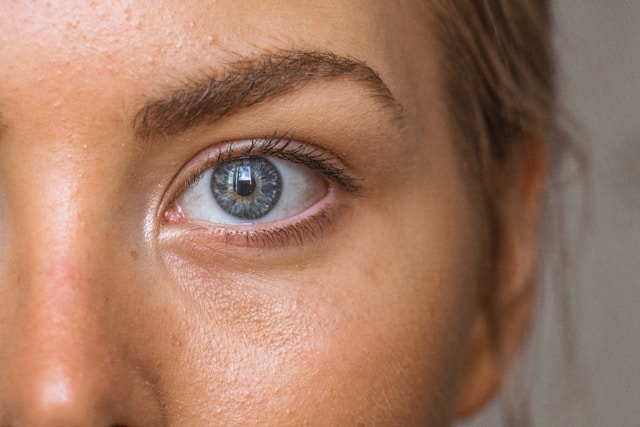


High blood cholesterol is one of the silent threats to heart health, as it often shows no clear symptoms. If left undetected and untreated, it can lead to serious heart conditions or strokes.
According to experts, certain groups are more at risk of high cholesterol, including men and people over the age of 50.
Unhealthy daily habits are among the main causes of high cholesterol, such as eating fatty foods, gaining excess weight, smoking, and consuming alcohol. However, it can also be hereditary. A genetic condition called familial hypercholesterolemia prevents the liver from processing cholesterol properly, which leads to high levels in the blood.
Sometimes, physical signs do appear. One of the most notable signs is the appearance of xanthelasma—small yellowish deposits near the inner corner of the eye. Another indicator is a pale white ring around the iris, called corneal arcus. There may also be fatty swellings called tendon xanthomas, often seen on the knees or finger joints.
Experts stress the importance of getting cholesterol levels checked regularly—either at your doctor’s clinic or at pharmacies.
The UK’s National Health Service (NHS) recommends cholesterol testing for people over 40, those who are overweight, or those with a family history of high cholesterol or heart disease—especially if they’ve never had a test before.
To manage cholesterol levels, the British Heart Foundation (BHF) encourages regular physical activity. Exercise helps the body carry bad cholesterol to the liver for removal. Even simple activities like brisk walking, yoga, climbing stairs, or Pilates can be beneficial.
Quitting smoking is also essential. The BHF notes that health benefits begin just days after quitting, and after one year, the risk of heart disease drops by 50%.
Finally, a healthy diet is key. Experts recommend reducing intake of fatty foods like pies, sausages, butter, cream, hard cheeses, cakes, biscuits, and products with coconut or palm oil.
Source: Sky News Arabia